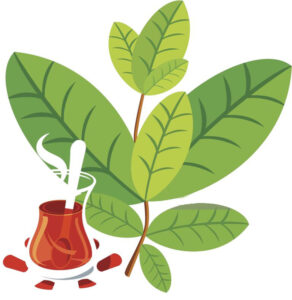
داستان سفر چای به ایران نوشیدن چای به یکی از عادت ما ایرانیها تبدیلشده است. بهطوریکه هرروز با صبحانه، بعد از ناهار، بعد از سرکار، در حین کار وکلا در هر شرایطی چای لذت دارد از طرفی چای به یکی از نوشیدنیها برای پذیرایی در میهمانیها تبدیلشده است شاید این








